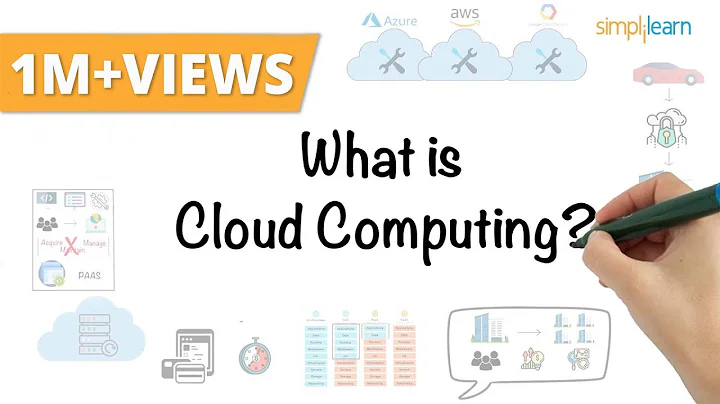With the development of cloud computing and , virtualization has begun to enter everyone's sight. By renting an overseas server, you can get access to 6 types of virtualization. Let me introduce it to you below.
virtualization definition
virtualization refers to the process of running a virtual version of a computer system. Without the need to switch to other operating systems, run applications suitable for other operating systems. For example, Windows users can use virtualization to run Linux on the device. The application of virtualization in the software industry is of great significance, and the application achievements in cloud computing are even more outstanding.
1. Network virtualization
After network virtualization, users can run multiple virtual networks. If the user sets up a virtual private network, it has independent control and data plans.
2. Overseas server virtualization
After the overseas server is virtualized, an overseas physical server is divided into multiple virtual servers by changing the processor/identification number, so that each independent sub-server can have an independent operating system. This achieves the purpose of improving performance.
3. Application virtualization
Application virtualization makes it more convenient for users to use two different versions of applications. Users can access applications remotely with the help of overseas servers.
4. Storage virtualization
After storage virtualization , users can seamlessly manage and store important data without worrying about the storage location. Virtualized storage management is the storage of data in different locations, and then sends the data that users need to users, which has the characteristics of stability and uniformity.
5. Data visualization
virtualizes data, collects data from different sources and manages it in one point. It is more convenient and safe for users to manage and store data.
6. Desktop Virtualization
Desktop virtualization allows users to store their operating systems virtually. This enables them to access their operating system from anywhere. Additionally, users can easily switch from one operating system to another. One advantage of this virtualization approach is portability.






















